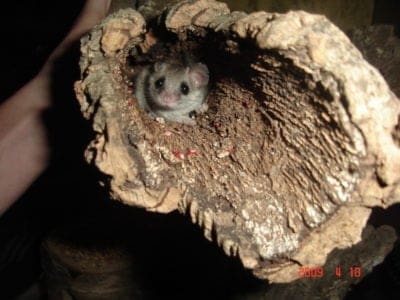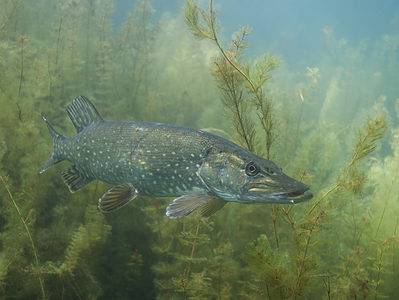Below you can find a complete list of Jan Mayen animals. We currently track 171 animals in Svalbard and Jan Mayen and are adding more every day!
Svalbard and Jan Mayen, two island regions of Norway, sit in the Arctic Ocean. The former is inhabited and supports a population of nearly 3,000, while the latter is a research island that humans only visit part of the year. The other main difference between the two is that Svalbard is an archipelago, and Jan Mayen is a single volcanic island.
As you’ve already likely guessed, Svalbard and Jan Mayen are double-thermal cold! Svalbard’s average summer temperature ranges between 39 °F and 45 °F, and the mercury plummets to about 12 °F in winters. Jan Mayen’s climate is about the same as Svalbard’s but slightly colder in the summer months.
Due to its isolated location and below-average temperatures, the terrestrial wildlife in Svalbard and Jan Mayen isn’t very diverse. However, many avian species fly area skies, and the marine life is ample.
The Official National Animal of Svalbard and Jan Mayen
Technically, Svalbard is part of the Kingdom of Norway, where the lion is the official royal animal. But the archipelago has special self-governing rights, and residents claim polar bears as their animal avatar. Being a research-only island, Jan Mayen doesn’t have a special animal.
Norway also has a national bird, the White-throated dipper, in addition to a national horse, the fjord horse.
Where To Find the Top Wild Animals in Svalbard and Jan Mayen
Arctic foxes, reindeer, and voles maintain healthy populations in Svalbard — and they’re the only land mammals, besides humans and polar bears, on the archipelago. Dolphins, whales, seals, and walruses can also be found in surrounding waters and coasts. Moreover, about 80 bird species — including the iconic puffin — spend some part of the year living around the north Arctic islands.
The Svalbard reindeer is endemic to the islands, and at one point, it was on the verge of going extinct. Today, the species isn’t 100 percent in the clear, but the population is growing at a healthy clip.
The Most Dangerous Animals in Svalbard and Jan Mayen Today
Since Svalbard and Jan Mayen are remote, rural locales, animals are everywhere — which can prove dangerous! Notably, polar bear attacks are more common than is comfortable. In 2018, one badly injured a tour guide, and in 2021, a German man met his demise at the hands of a polar bear.
Polar bears are the most dangerous animals in Svalbard and Jan Mayen. In fact, apart from humans, they may be the only dangerous animals on the islands. However, the rugged wildlife terrain presents catastrophic threats, like avalanches. And Jan Mayen is a volcano.
Endangered Animals In Svalbard and Jan Mayen
Svalbard and Jan Mayen may not be a biodiversity hotspot, but threats presented by climate change and human encroachment still cause problems.
Animals in Svalbard and Jan Mayen on the IUCN’s Red List:
- Atlantic cod — Endangered
- Black-tailed godwit — Near Threatened
- Buff-breasted sandpiper — Near Threatened
- Egyptian vulture — Endangered
- Eurasian curlew — Near Threatened
- Haddock — Vulnerable
- Hooded seal — Vulnerable
- Ivory gull — Near Threatened
- Sooty shearwater — Near Threatened
- Steller’s eider — Vulnerable
- Walrus — Vulnerable
- Fin whale — Endangered
- Blue whale — Endangered
- North Atlantic right whale — Critically Endangered
- Bowhead whale — Endangered
- Polar bear — Vulnerable
The Flag of Svalbard and Jan Mayen
Svalbard and Jan Mayen are part of Norway, and their flag is the same as the Norwegian flag. Find out more about these frigid territories as well as the rich history behind the flag that symbolizes this nation.
Jan Mayen Animals
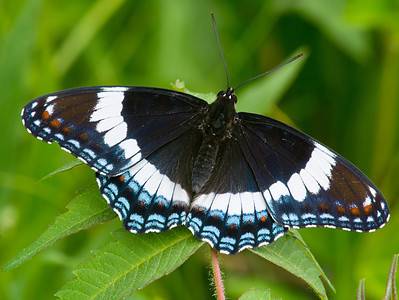
Admiral Butterfly
Stunningly beautiful wings

Ant
First evolved 100 million years ago!
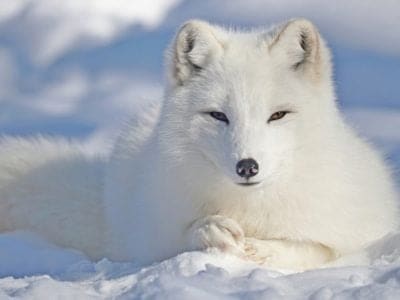
Arctic Fox
Extremely thick winter fur!

Armyworm
They are so named because they "march" in armies of worms from one crop to another in search of food
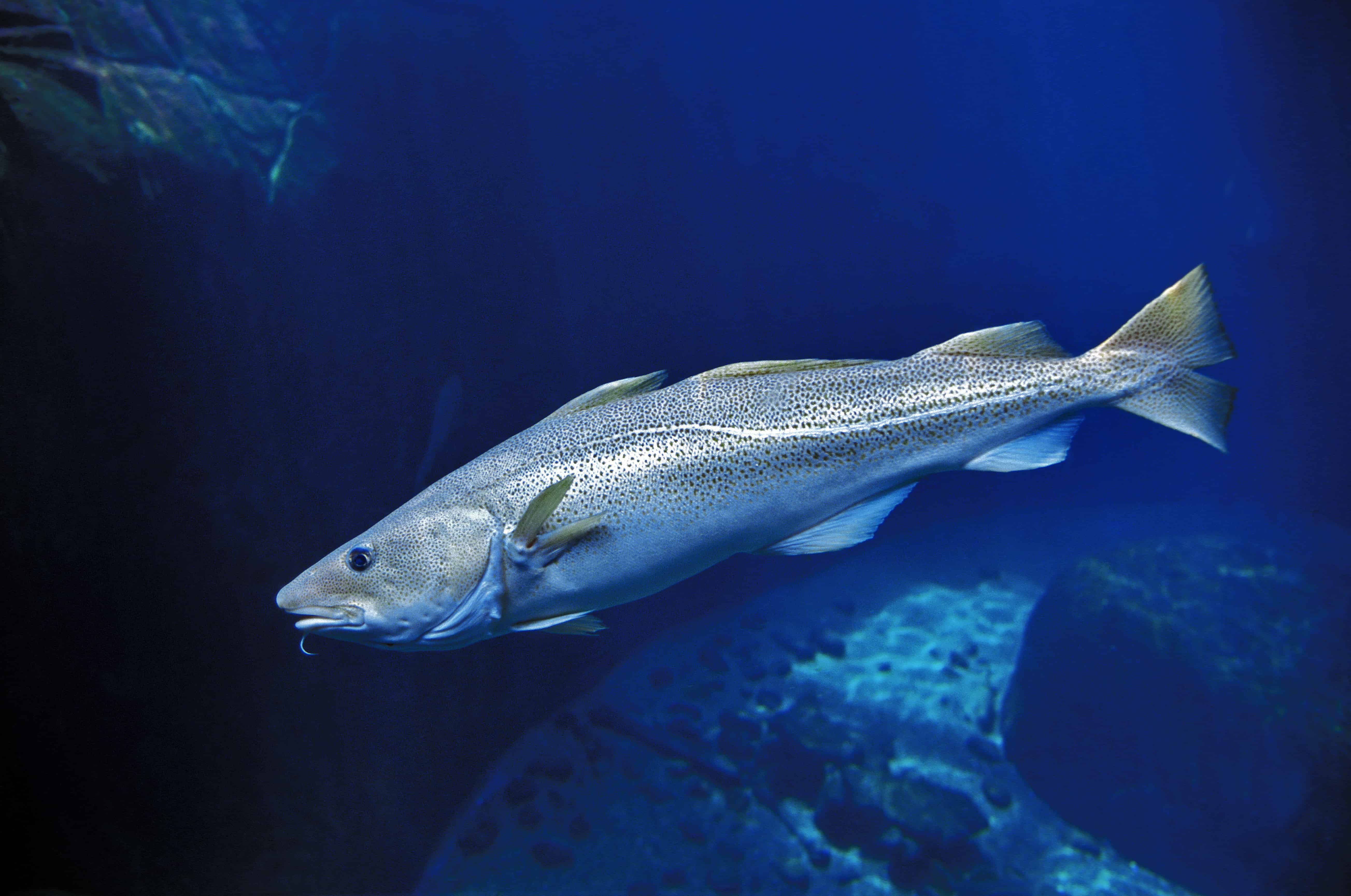
Atlantic Cod
One of the most popular food fishes in the world
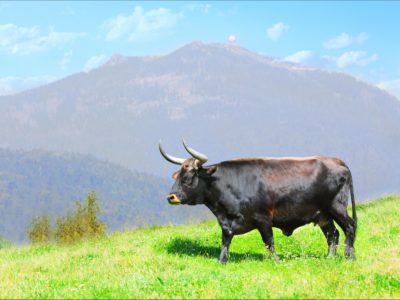
Aurochs
Extinct ancestor of all domesticated cattle!
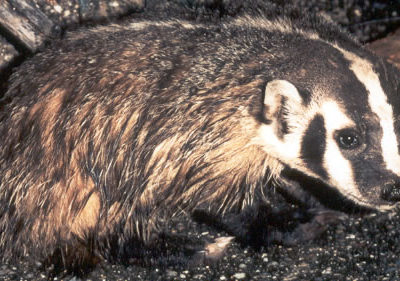
Badger
Can reach speeds of 30 km/h!

Barn Owl
Found everywhere around the world!

Bat
Detects prey using echolocation!
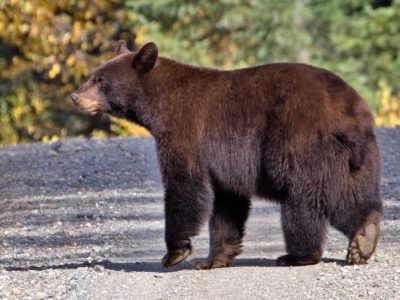
Bear
There are 8 different species!

Bed Bugs
Bed bugs feed for 4-12 minutes.

Bee
Rock paintings of bees date back 15,000 years

Beetle
There are more than 350,000 different species

Bird
Not all birds are able to fly!

Black Widow Spider
They typically prey on insects!

Brown Dog Tick
Can live its entire life indoors

Bumblebee
The most common species of bee!

Butterfly
There are thought to be up 17,500 species!
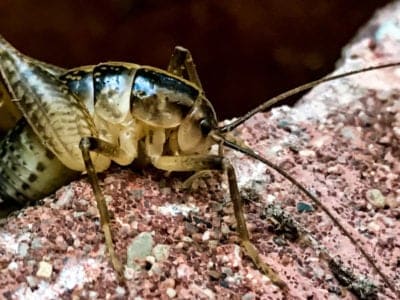
Camel Cricket
The camel crickets that are found in the USA are light brown in color. They also have dark streaks all over their body.

Caribou
Males and females grow antlers

Cat
May have been domesticated up to 10,000 years ago.

Caterpillar
The larvae of a moth or butterfly!

Catfish
There are nearly 3,000 different species!

Centipede
There are about 3,000 documented species!

Chicken
First domesticated more than 10,000 years ago!

Cockroach
Dated to be around 300 million years old!

Codling Moth
Pupae are able to undergo diapause to survive poor fruit yield years and winter.
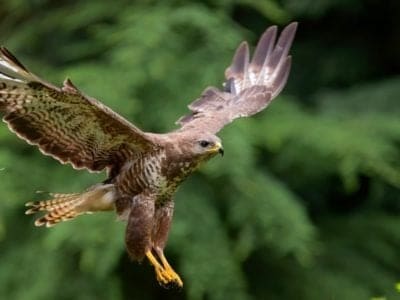
Common Buzzard
The most common raptor in the UK!

Common Furniture Beetle
The common furniture beetle feeds exclusively on wood

Common House Spider
House spiders have the ability to eat most insects in a home.
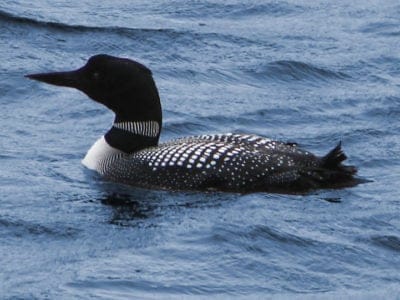
Common Loon
Also known as the Great Northern Diver

Cormorant
They can fly 35 mph and dive 150 feet below water.

Cow
There are nearly 1.5 billion worldwide!

Crab
There are 93 different crab groups

Crab Spider
Crab Spiders can mimic ants or bird droppings
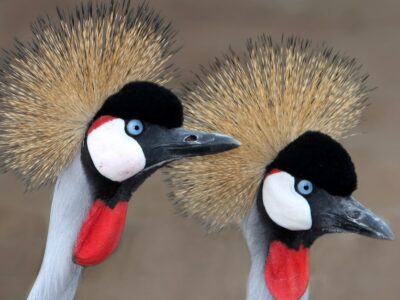
Crane
Many are critically endangered species!

Cricket
Male crickets can produce sounds by rubbing their wings together

Deer
There are around 40 different species!

Dog
First domesticated in South-East Asia!

Dog Tick
Dog ticks feed on dogs and other mammals

Donkey
First domesticated 5,000 years ago!

Dragonfly
It's larvae are carnivorous!

Duck
Rows of tiny plates line their teeth!

Dung Beetle
The dung beetle can push objects many times its own weight
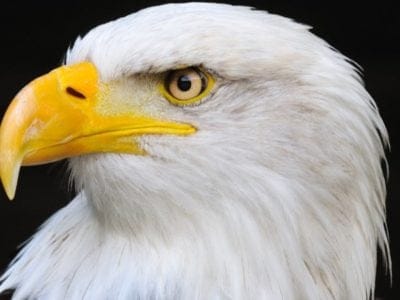
Eagle
Has exceptional eyesight!

Earthworm
They are hermaphrodites, which means they have male and female organs

Earwig
There are nearly 2,000 different species!
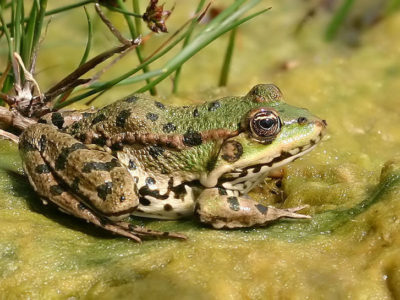
Edible Frog
Are known to guard the muddy banks!

Eel
Eels can be a mere few inches long to 13 feet!
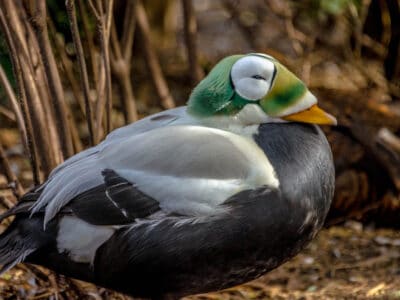
Eider
Eiders are sexually dimorphic, with males being larger and more colorful.
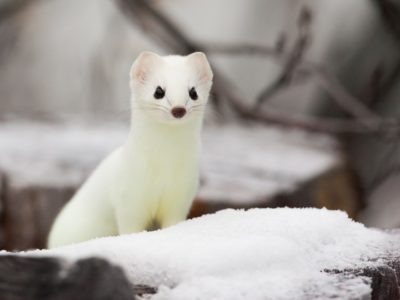
Ermine
A very bold and ferocious predator!

Falcon
The fastest creatures on the planet!
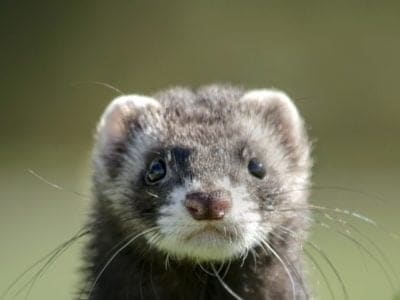
Ferret
Ferrets can be trained to do tricks like dogs!

Firefly
The firefly produces some of the most efficient light in the world

Flea
Adult fleas can jump up to 7 inches in the air

Fly
There are more than 240,000 different species!
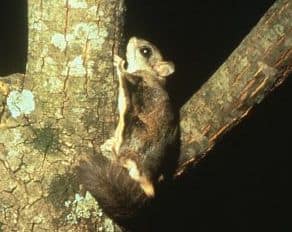
Flying Squirrel
Can glide up to 90 meters!
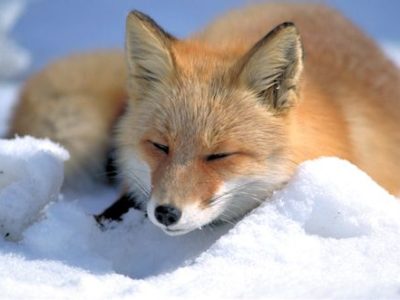
Fox
Only 12 species are considered "true foxes"

Frog
There are around 7,000 different species!

Fruit Fly
Fruit flies are among the most common research animals in the world

German Cockroach
The most common type of urban roach
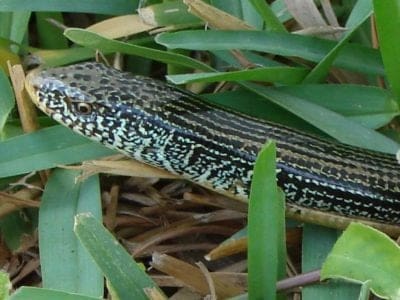
Glass Lizard
Can grow up to 4ft long!

Glowworm
Found inhabiting dense woodland and caves!

Goat
Most closely related to the Sheep!
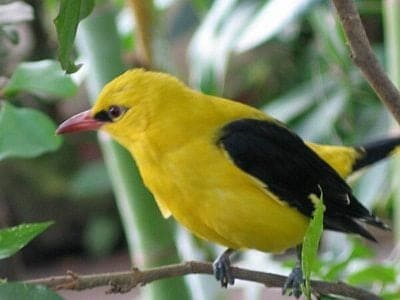
Golden Oriole
Migrates between Europe and Asia!
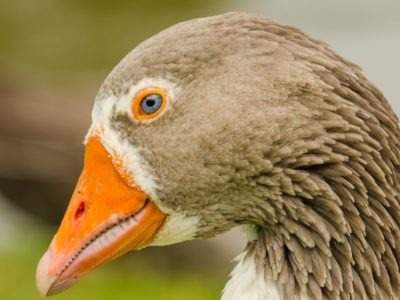
Goose
There are 29 different species!

Grasshopper
There are 11,000 known species!

Hamster
Able to run as quickly backwards as forwards!

Hare
Can reach speeds of over 50 mph!

Hawk Moth Caterpillar
Many hawk moth caterpillars eat toxins from plants, but don’t sequester them the way milkweed butterflies do. Most toxins are excreted.
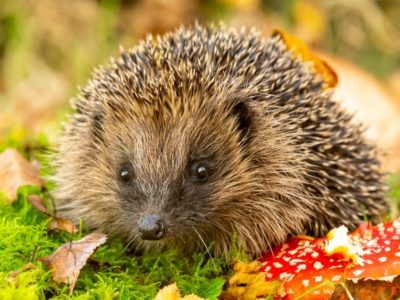
Hedgehog
Thought to be one of the oldest mammals on Earth!

Heron
Inhabits wetlands around the world!
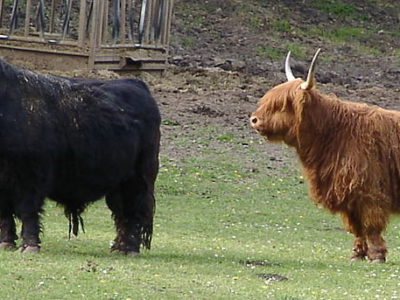
Highland Cattle
Natively found in the Scottish Highlands!

Honey Bee
There are only 8 recognized species!
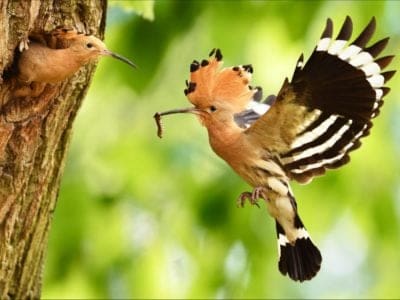
Hoopoe
Stunning bird with a stinky way to deter predators!

Horse
Has evolved over 50 million years!

Horsefly
Horseflies have been seen performing Immelmann turns, much like fighter jets.

Housefly
The fly has no teeth

Human
Thought to have orignated 200,000 years ago!

Huntsman Spider
Some huntsman spiders have an interesting way of moving around. Some cartwheel while others do handsprings or backflips.

Insects
There are an estimated 30 million species!

Jumping Spider
Some can jump 50 times the length of their bodies

Kingfisher
Inhabits wetlands and woodlands worldwide!

Ladybug
There are more than 5,000 species worldwide!

Leech
Has 10 pairs of eyes!
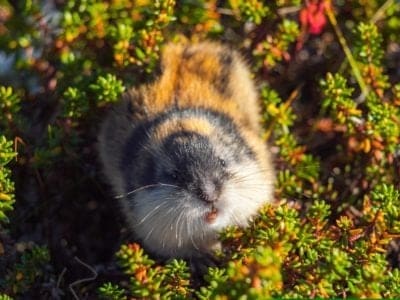
Lemming
Does not hibernate during the bitter Arctic winter!

Lizard
There are around 5,000 different species!
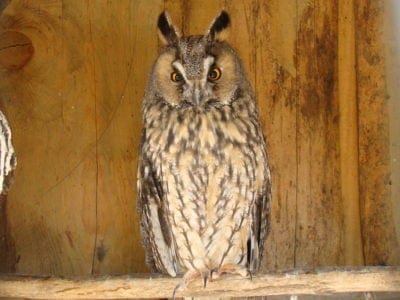
Long-Eared Owl
Ear tufts make it look bigger!
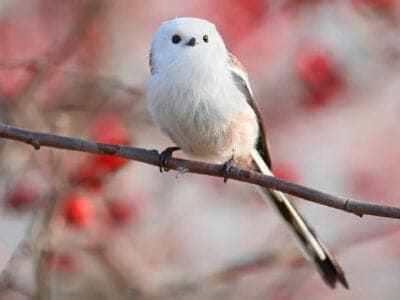
Long-Tailed Tit
Often hangs upside down while feeding!
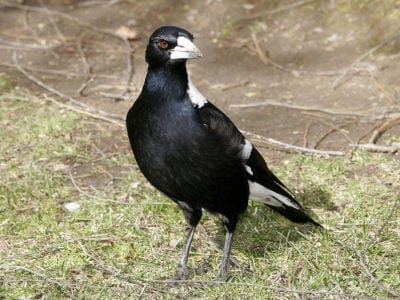
Magpie
They are found across Europe, Asia and Africa!

Marsh Frog
Has bright green skin!

Mayfly
There are 2,500 known species worldwide!

Mealybug
They have a symbiotic relationship with ants.

Millipede
Some species have a poisonous bite!

Mole
Primarily hunts and feeds on Earthworms!

Mongrel
Has characteristics of two or more breeds!

Moorhen
Feeds on aquatic insects and water-spiders!
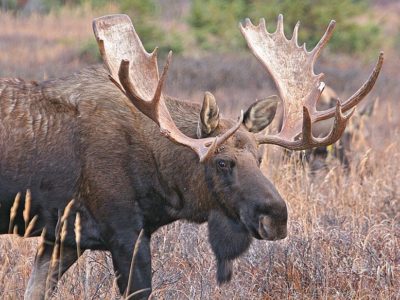
Moose
Renews it's enormous antlers every year!

Moth
There are 250,000 different species!

Mouse
Found on every continent on Earth!

Mule
The offspring of a horse and donkey parents!

Neanderthal
Roamed Asia and Europe for around 100,000 years!

Nematode
Nematodes range in size from 1/10 of an inch to 28 feet long
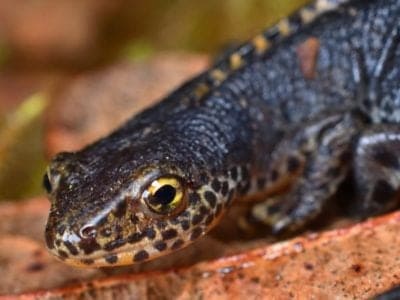
Newt
Able to regrow lost or damaged limbs!

Nightingale
Named more than 1,000 years ago!

Orb Weaver
Females are about four times the size of males

Otter
There are 13 different species worldwide

Owl
The owl can rotate its head some 270 degrees

Pheasant
Females lay between 8 and 12 eggs per clutch!
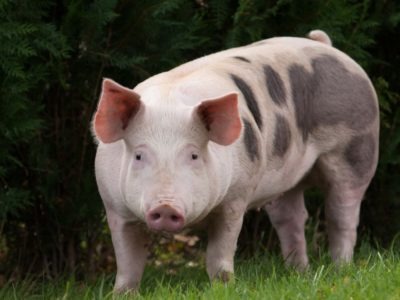
Pig
Thought to have been domesticated in 9,000 BC!
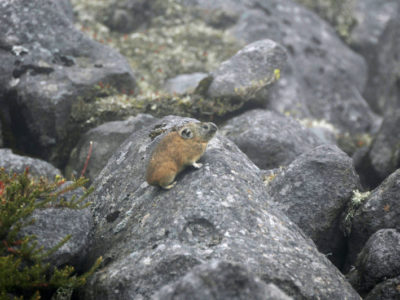
Pika
Found in mountainous regions and rocky areas
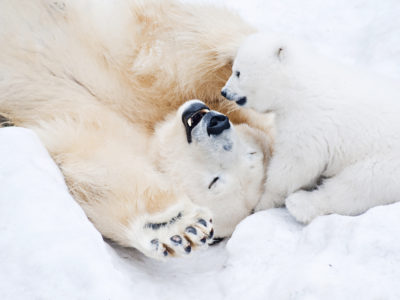
Polar Bear
Could be extinct within the next 30 years!

Pond Skater
There are 500 different species!

Pool Frog
The rarest amphibian in the UK!
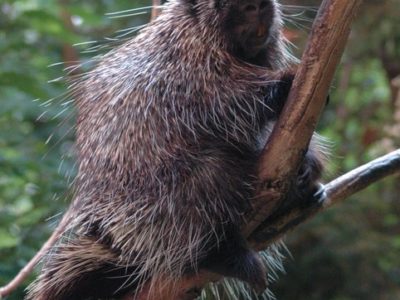
Porcupine
There are 30 different species worldwide!
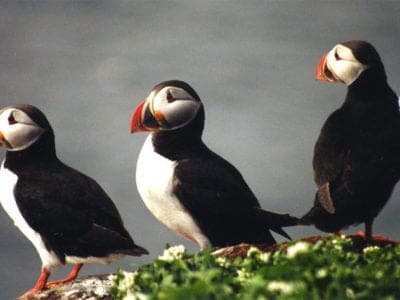
Puffin
Can remain in the water for up to 2 minutes!

Purple Emperor Butterfly
Inhabits deciduous forests!
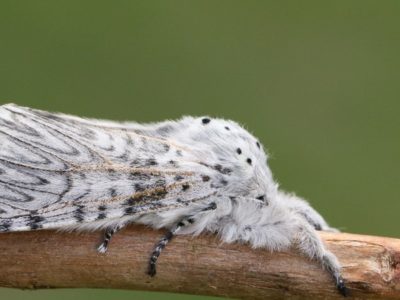
Puss Moth
Caterpillars squirt formic acid!

Quail
Inhabits woodland and forest areas worldwide!
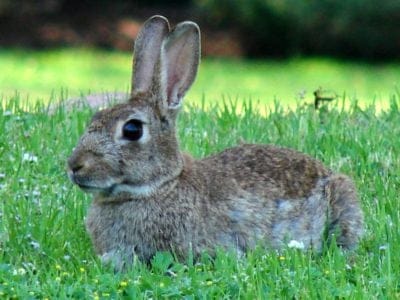
Rabbit
There are more than 300 different species!
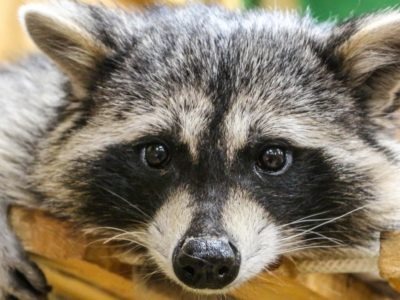
Raccoon
Known to wash their food before eating it!
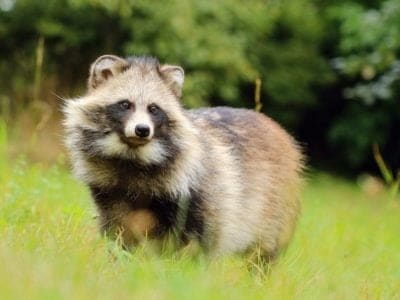
Raccoon Dog
The only hibernating canine!

Rat
Omnivores that eat anything!
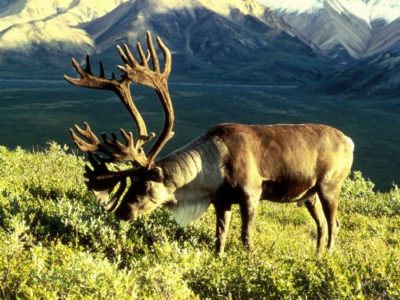
Reindeer
Also known as the Caribou

River Turtle
Inhabits freshwater habitats around the world!
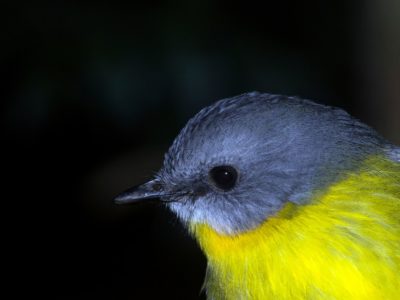
Robin
There are more than 45 species in Australia alone!

Rodents
The capybara, the world’s largest rodent, likes to be in and around bodies of water. Because of this, the Catholic Church in South America decided that it was a fish, and people were allowed to eat it during Lent and First Fridays.

Rooster
Will mate with the entire flock!
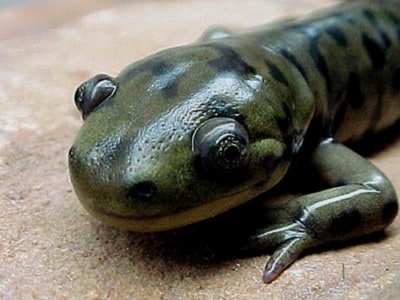
Salamander
There are more than 700 different species!
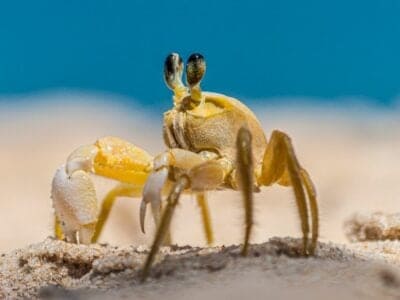
Sand Crab
The sand crab burrows beneath the sand with its tail

Scorpion
There are around 2,000 known species!

Sea Eagle
The sea eagle tends to mate for life with a single partner

Seahorse
Males give birth to up to 1,000 offspring!

Sheep
Around 35 million in the English countryside!

Shrew
The spinal column of the shrew Scutisorex somereni is so strong and reinforced that it can support the weight of an adult human.

Shrimp
There are 2,000 different species worldwide!

Skink Lizard
Some skinks lay eggs in some habitats while giving birth to skinklets in other habitats.
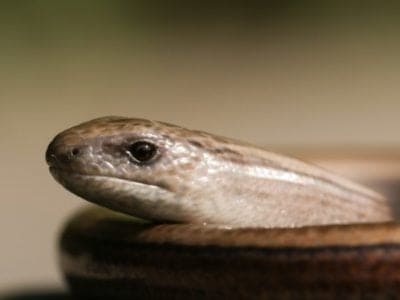
Slow Worm
Found widely throughout British gardens!

Smokybrown Cockroach
Has up to 45 eggs per egg case

Snail
There are nearly 1,000 different species!

Snake
There are around 4,000 known species worldwide
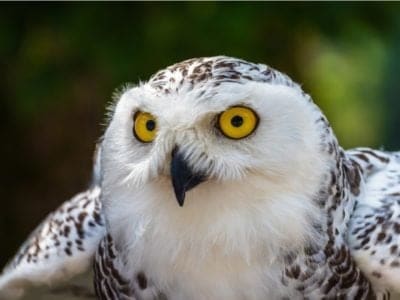
Snowy Owl
One of the largest owl species in the world!
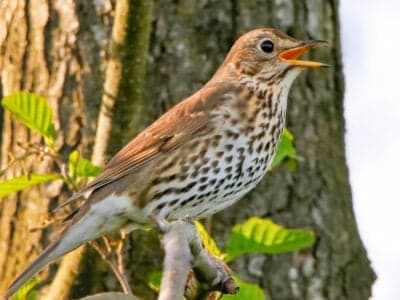
Song Thrush
A male song thrush can have over 100 phrases in his repertoire of songs and can imitate pet birds, telephones and other man-made objects.
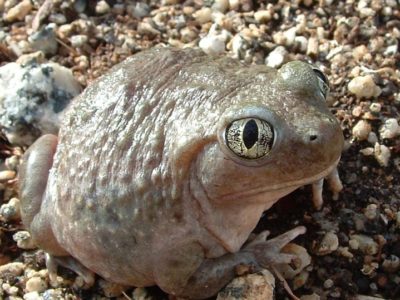
Spadefoot Toad
They spend most of their time underground!

Sparrow
There are 140 different species!

Squirrel
Small rodents found in woodlands worldwide!

Stick Insect
There are more than 3,000 different species!
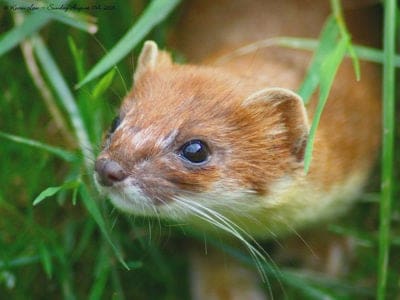
Stoat
Average adults weigh about 200 grams!

Swan
Populations have been affected by pollution!

Tawny Owl
The most widespread owl in Europe!

Termite
Their mounds can be up to 9 meters tall!

Tiger Beetle
The adult tiger beetle is one of the fastest land insects in the world
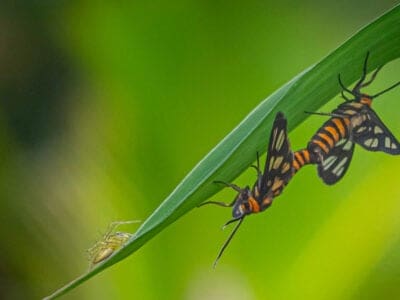
Tiger Moth
The bright colors of this moth are a signal to predators that it has a terrible taste.

Tree Frog
Found in warmer jungles and forests!

Turtles
Some species of aquatic turtles can get up to 70 percent of their oxygen through their butt.
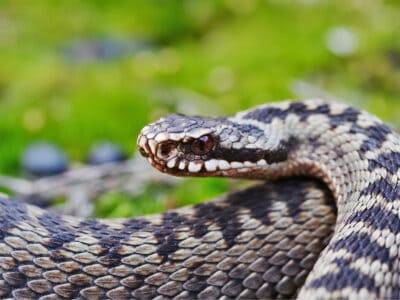
Viper
Vipers are one of the most widespread groups of snakes and inhabit most

Vulture
There are 30 different species worldwide!

Wasp
There are around 75,000 recognised species!
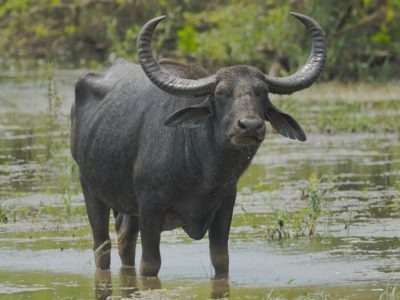
Water Buffalo
Has been domesticated for thousands of years!
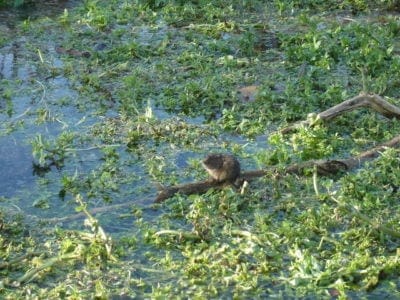
Water Vole
The largest Vole species in the UK!

Weasel
The smallest carnivorous mammal in the world!
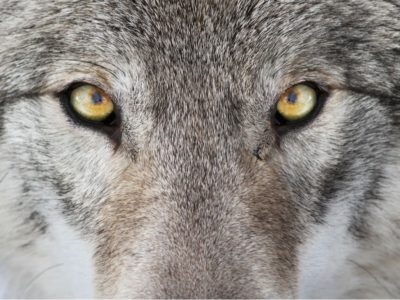
Wolf
Thought to date back more than 300,000 years!

Wolf Spider
Carnivorous arachnid that hunts its prey.
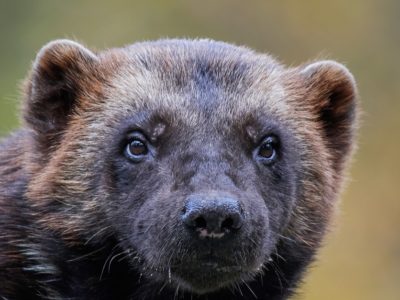
Wolverine
Releases a strong smelling musk in defence!

Woodlouse
This animal can roll up into a ball

Woodpecker
There are 200 different species!

Xeme (Sabine’s Gull)
They follow after seals and whales to eat their scraps.
Jan Mayen Animals List
- Admiral Butterfly
- Ant
- Arctic Fox
- Armyworm
- Atlantic Cod
- Aurochs
- Badger
- Barn Owl
- Bat
- Bear
- Bed Bugs
- Bee
- Beetle
- Bird
- Black Widow Spider
- Brown Dog Tick
- Bumblebee
- Butterfly
- Camel Cricket
- Caribou
- Cat
- Caterpillar
- Catfish
- Centipede
- Chicken
- Cockroach
- Codling Moth
- Common Buzzard
- Common Furniture Beetle
- Common House Spider
- Common Loon
- Cormorant
- Cow
- Crab
- Crab Spider
- Crane
- Cricket
- Cuckoo
- Deer
- Dog
- Dog Tick
- Donkey
- Dormouse
- Dragonfly
- Duck
- Dung Beetle
- Eagle
- Earthworm
- Earwig
- Edible Frog
- Eel
- Eider
- Ermine
- Falcon
- Ferret
- Firefly
- Flea
- Fly
- Flying Squirrel
- Fox
- Frog
- Fruit Fly
- German Cockroach
- Glass Lizard
- Glowworm
- Goat
- Golden Oriole
- Goose
- Grasshopper
- Hamster
- Hare
- Hawk Moth Caterpillar
- Hedgehog
- Heron
- Highland Cattle
- Honey Bee
- Hoopoe
- Horse
- Horsefly
- Housefly
- Human
- Huntsman Spider
- Insects
- Jumping Spider
- Kingfisher
- Ladybug
- Leech
- Lemming
- Lizard
- Long-Eared Owl
- Long-Tailed Tit
- Magpie
- Marsh Frog
- Mayfly
- Mealybug
- Millipede
- Mole
- Mongrel
- Moorhen
- Moose
- Moth
- Mouse
- Mule
- Neanderthal
- Nematode
- Newt
- Nightingale
- Orb Weaver
- Otter
- Owl
- Pheasant
- Pig
- Pika
- Pike Fish
- Polar Bear
- Pond Skater
- Pool Frog
- Porcupine
- Puffin
- Purple Emperor Butterfly
- Puss Moth
- Quail
- Rabbit
- Raccoon
- Raccoon Dog
- Rat
- Reindeer
- River Turtle
- Robin
- Rodents
- Rooster
- Salamander
- Sand Crab
- Scorpion
- Sea Eagle
- Seahorse
- Sheep
- Shrew
- Shrimp
- Skink Lizard
- Slow Worm
- Smokybrown Cockroach
- Snail
- Snake
- Snowy Owl
- Song Thrush
- Spadefoot Toad
- Sparrow
- Squirrel
- Stick Insect
- Stoat
- Swallowtail Butterfly
- Swan
- Tawny Owl
- Termite
- Tiger Beetle
- Tiger Moth
- Tree Frog
- Turtles
- Viper
- Vulture
- Wasp
- Water Buffalo
- Water Vole
- Weasel
- Wolf
- Wolf Spider
- Wolverine
- Woodlouse
- Woodpecker
- Xeme (Sabine’s Gull)
Animals in Svalbard and Jan Mayen FAQs (Frequently Asked Questions)
Are There Wolves in Svalbard?
No, wolves don’t live in Svalbard. However, some people mistake Arctic foxes for wolves.
Are There Animals in Svalbard and Jan Mayen?
Yes. Though the wildlife scene is more sparse than other places due to its frigid climate, it does exist.
Do Penguins Live in Svalbard?
No, penguins don’t live in Svalbard.
Do Reindeer Live in Svalbard and Jan Mayen?
Yes, reindeer live in Svalbard, but not on Jan Mayen.
What Animals Have Gone Extinct in Svalbard?
The Svalbard reindeer almost went extinct until officials implemented conservation measures. Beyond that, prehistoric animals once roamed the lands when the world’s mass was one giant continent called Pangea.




